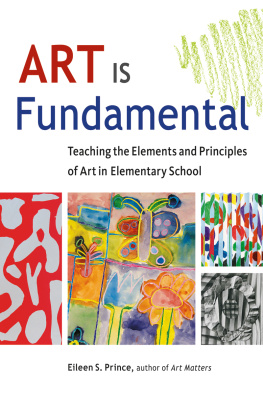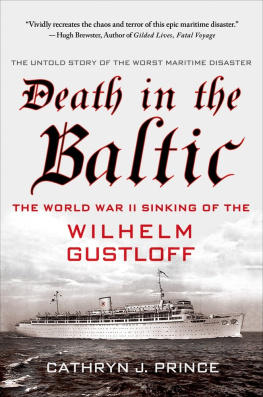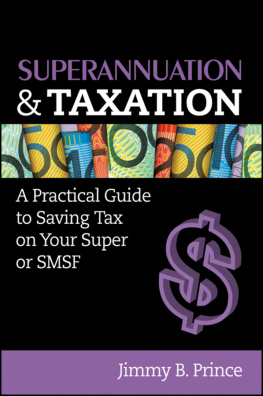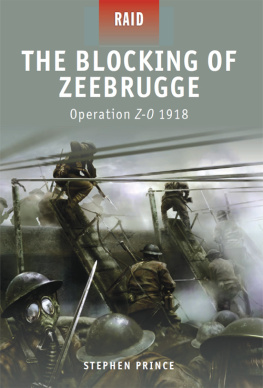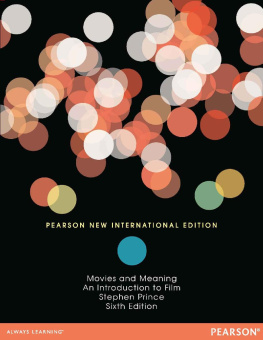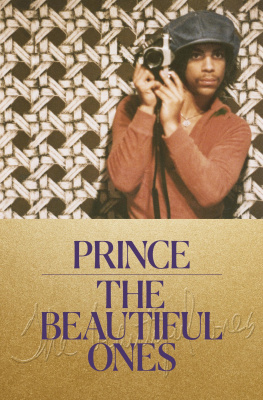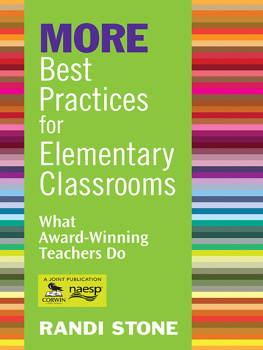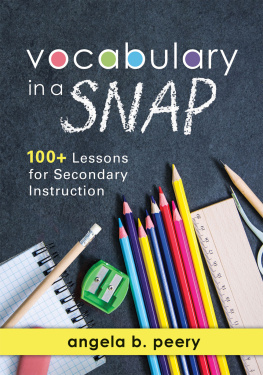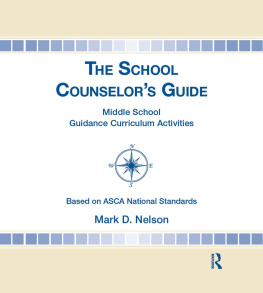


Library of Congress Cataloging-in-Publication Data
Prince, Eileen S.,
Art is fundamental : teaching the elements and principles of art in elementary school / by Eileen S. Prince.
p. cm.
Includes bibliographical references and index.
ISBN 978-1-56976-216-5
1. ArtStudy and teaching (Elementary)United States. I. Title.
N362.P748 2008
372.5044dc22
2007048478
Cover design: Monica Baziuk
Cover images: Eileen S. Prince and the students at Sycamore School
Interior design and illustrations: Monica Baziuk
Interior artwork: Eileen S. Prince and the students at Sycamore School
2008 by Eileen S. Prince
All rights reserved
Published by Zephyr Press
An imprint of Chicago Review Press, Incorporated
814 North Franklin Street
Chicago, Illinois 60610
ISBN: 978-1-56976-216-5
Printed in the United States of America
5 4 3 2 1
Contents
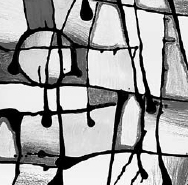
Acknowledgments

ONCE AGAIN, I would like to thank all the administration, faculty, staff, parents, and students, past and present, at Sycamore School for their outstanding support throughout the years. I wish all art teachers could receive the encouragement and respect (and budget!) you have granted me. I am truly grateful.
Special thanks also go to:
Lauren Ditchley, my extremely talented assistant, who took all the photos for this book. Her cheerful and energetic demeanor make her a delight to work with, and her help in all areas is invaluable.
Betty Krebs and Courtney Henderson, the fonts of all knowledge, without whose constant support none of us at Sycamore could teach or write books.
Larry Fletcher, John George, and B. J. Drewes, computer experts, who always manage to figure out the problem.
All the teachers, past and present, with whom I have worked and from whom I have learned.
Jerome Pohlen, my editor, for his encouragement and help.
Barbara Freeman, for 40 years of friendship and her countless hours of help on this book. If you understand the instructions, its all due to her.
And once again, I want to thank my terrific family: my wonderful husband, Irwin, for his humor and support, and my incredibly brilliant and talented sons, Ben and Josh. (You too, Eric!) To all the rest of the family as wellyou are the greatest!
Introduction

Before you start using the lesson plans in this book, I encourage you to read the entire volume. This is important for several reasons. You will gain a firm grasp of essential vocabulary and concepts that are embedded in the various lessons. You will be able to plan ahead for needed materials. You will have an opportunity to condense the material or delete or add projects to better serve your specific needs. And you will learn, in this section especially, some of the philosophy behind the curriculum and general strategies for implementing that philosophy. Parts of it may seem very basic, but remember that not every reader has had the same background. I have tried to include even small suggestions that might be helpful to a classroom teacher, homeschooler, or fledgling art instructor. Also, this is a curriculum I use with young children, and while it may easily be adapted to older students, and while I never intentionally talk down to my pupils, I do try to make it enjoyable and understandable for the target audience.
THREE ASPECTS of curriculum planning are equally important to a teacher: the content of the program, the rationale or philosophy behind that content, and the actual lesson plans that make the philosophy and content concrete and accessible to the student. In my first book, Art Matters, I presented all three, but I focused most heavily on rationale. While I certainly offered many lesson plans, they were not (with the exception of the art history projects) presented in complete or organized units. In this volume, I would like to suggest a specific curriculum for teaching the elements and principles of art. I use these lessons in grades one, two, and three at a school for academically gifted students, but they could easily be adapted to any level. (A visitor who observed my second graders reviewing vocabulary at the beginning of a class commented that she had been trying to get her sixth graders to understand those very concepts!) After reading the book, you might decide to substitute different lessons in certain spots. This is essentially an outline of the concepts I teach, with projects that I have used successfully to impart those concepts, but the projects are certainly not set in stone. I am always on the lookout for new and exciting ways to get my point across.
Those of you who are familiar with a discipline-based art education (DBAE) approach will no doubt notice that these are not typical DBAE units. Although my program is definitely discipline based, I do not follow the Getty model. I have the luxury of teaching grades one through eight, and while I certainly have turnover, my student population is relatively stable from year to year. Therefore, we study elements and principles for the first three years, art history for the next four years, and we focus on criticism and aesthetics in eighth grade. Of course, none of these areas is exclusive of the others. That is, we are always aware of questions of aesthetics and criticism, we almost always involve production in our culminating activities, we use historical and multicultural visual aids when discussing elements and principles, and we discuss elements and principles in our art history projects. However, each unit does not focus consistently on the four areas as in the Getty model. While I might hold up a poster of a Native American basket or a Chinese hanging scroll or a Picasso painting, in the early grades these are merely shown to demonstrate how artists use radial balance or value or shape. We usually dont study these works as works per se or the artists as artists until we begin the study of art history and can place them in historical and cultural context. Although I believe strongly in the structure of my program, I realize that many of you do not have the advantage of long-term association with your students or control over an eight-year curriculum, so at the end of appropriate lessons, I will offer suggestions for possible visual aids or artists that would illustrate the point. Accounts of these works and the artists can easily be found on the Internet, so I will not include that information here. If your situation allows, however, I strongly urge you to place art history units in historical context, so that students may see the cultural forces that influenced the rise and fall of styles and theories. I know that there is disagreement among some scholars about the way art history units should be arranged and how art history should be approached, but I do not intend to debate the topic here. (I discuss my philosophy in greater detail in my previous book.)
Next page
